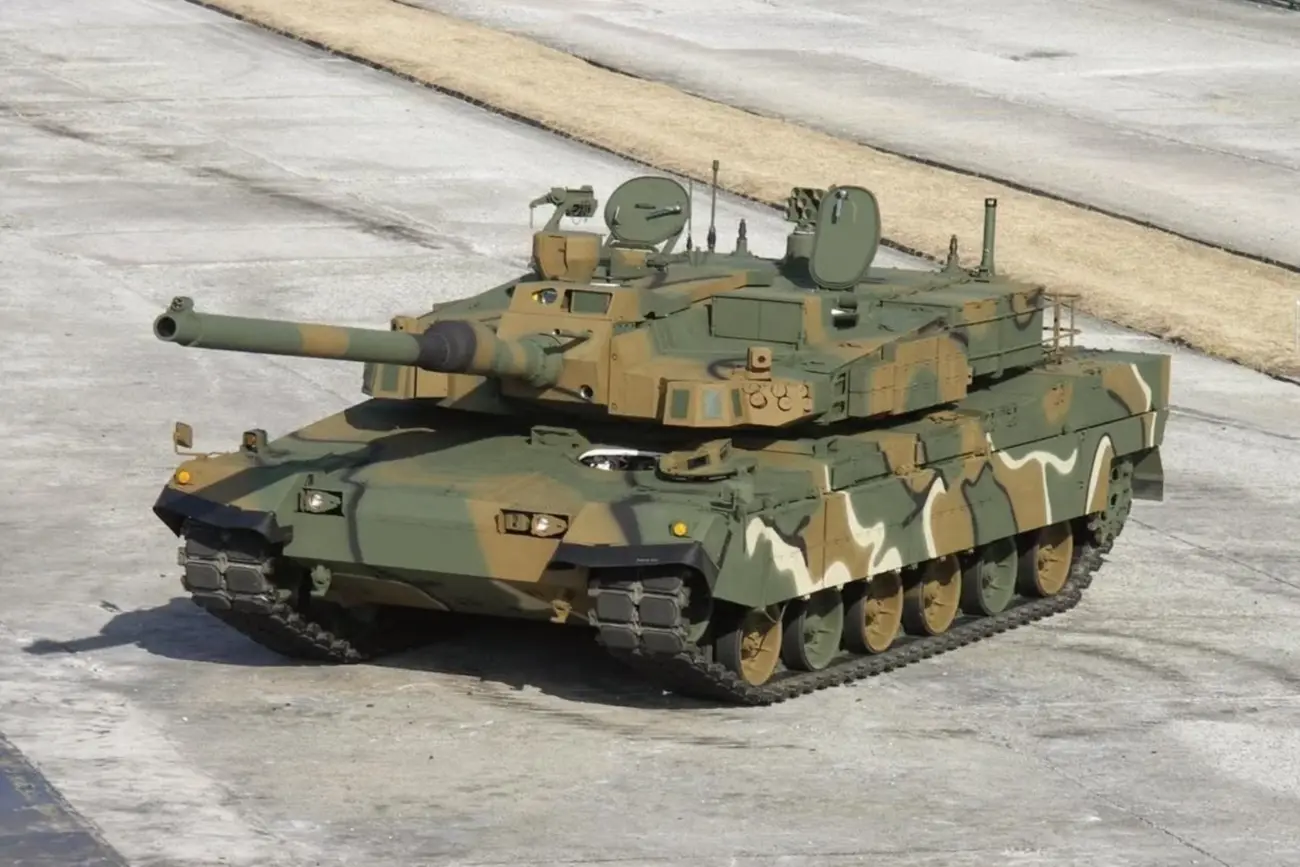Against the backdrop of increasing geopolitical tensions, Poland has taken an important step to strengthen its defense capabilities. The first batch of South Korean K2 tanks, known as the “Black Panthers,” has been deployed near the border with Russia’s Kaliningrad Oblast. This event serves as a signal not only to neighboring countries but to the entire world of Poland’s readiness to ensure its own security.
New “Black Panthers” in the Polish Army
The K2 tanks, developed by Hyundai Rotem, are considered some of the most modern in the world. Their key features:
- Fire control systems allow for targeting distant objectives with high precision.
- Automatic loading system reduces the time needed for preparation before shooting.
- Upgraded armor effectively protects the crew even from the most modern enemy weapons.
The tank deliveries are part of a comprehensive deal between Poland and South Korea, concluded in 2022. The agreement includes the supply of not only tanks but also other military equipment that will replace outdated Soviet equipment.
Why is Poland strengthening its border?
The deployment of tanks in the town of Borne Sulinowo, located just a few kilometers from the Russian border, is part of Poland’s plan to modernize its armed forces. This move is driven by several factors:
- Increasing threat from Russia. Incidents in Ukraine have underscored the importance of readiness for potential conflicts.
- Strategic role of the Kaliningrad Oblast. This enclave serves as a powerful Russian military base, posing risks to neighboring states.
- NATO Support. As a member of the Alliance, Poland actively participates in joint initiatives to protect the eastern flank of Europe.
Polish-Korean Cooperation: More than Just Technology
In recent years, Poland and South Korea have significantly strengthened their defense cooperation. The contract for supplying equipment includes not only purchasing tanks but also transferring technology for their production in Poland. This will help Warsaw develop its own military-industrial complex and create new jobs.
What Does This Mean for Europe?
The deployment of K2 tanks on Poland’s eastern border has several important implications:
- Enhancement of NATO’s defense potential. Poland sets an example of effective army modernization.
- Detailed response to challenges. Deployment of modern technology increases the ability to quickly respond to potential threats.
- Increasing pressure on Russia. These actions may serve as a deterrent to any aggressive plans of the Kremlin.
Poland as a New Leader in Defense Policy
In recent years, Poland has been actively investing in the modernization of its army. In 2023, the country increased defense spending to over 4% of GDP, which is the highest among NATO countries. The Polish government plans to create an army of 300,000 soldiers equipped with the most modern technology by 2035.
Challenges Faced by Poland
Despite significant achievements, Poland faces a number of issues:
- Financial burden. Modernizing the army is a costly process that requires significant budget expenses.
- Neighbors’ reactions. Strengthening military presence may provoke negative reactions from Russia and even other European countries seeking to avoid escalation of tension.
- Personnel training. Utilizing modern technology requires highly skilled experts who still need training.
Placing K2 tanks on the border with Russia is part of Poland’s strategic plan to strengthen its defense positions. This step demonstrates Poland’s seriousness in ensuring the security of its borders and contributing to the stability of the entire European region. While modern technology and active cooperation with partners contribute to strengthening the army, it is also important to maintain a balance between defense and diplomacy to avoid new conflicts.


